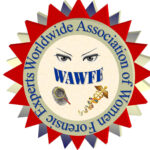none
Quentin Gauthier
Postdoctoral Visiting Scientist, Research Support Unit, FBI Laboratory
Quentin has spent the past two years performing research on a variety of topics within the FBI Laboratory’s Research Support Unit in hopes of providing new and improved methods of analysis of biological material for the DNA casework unit


